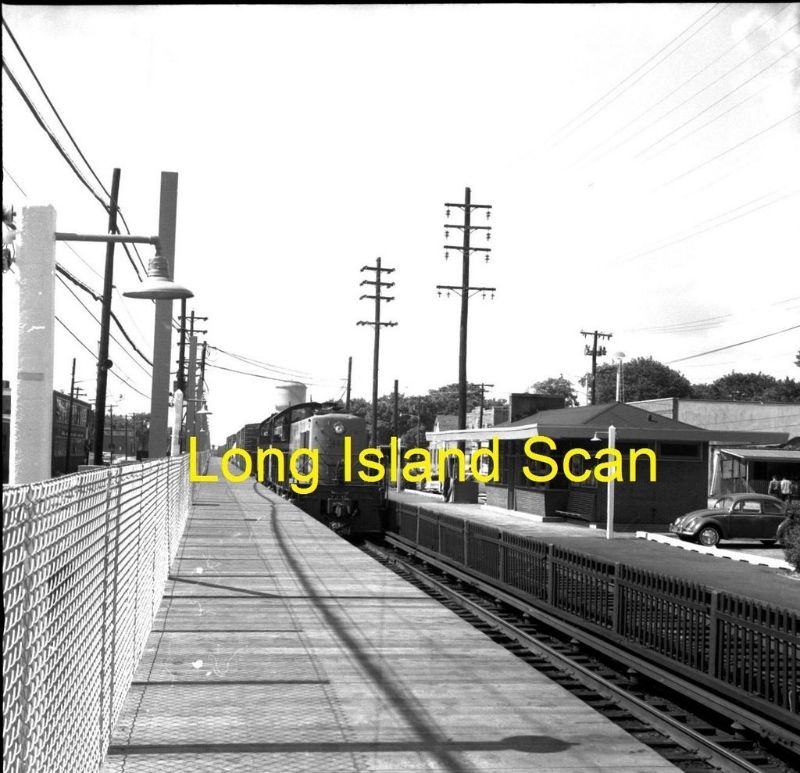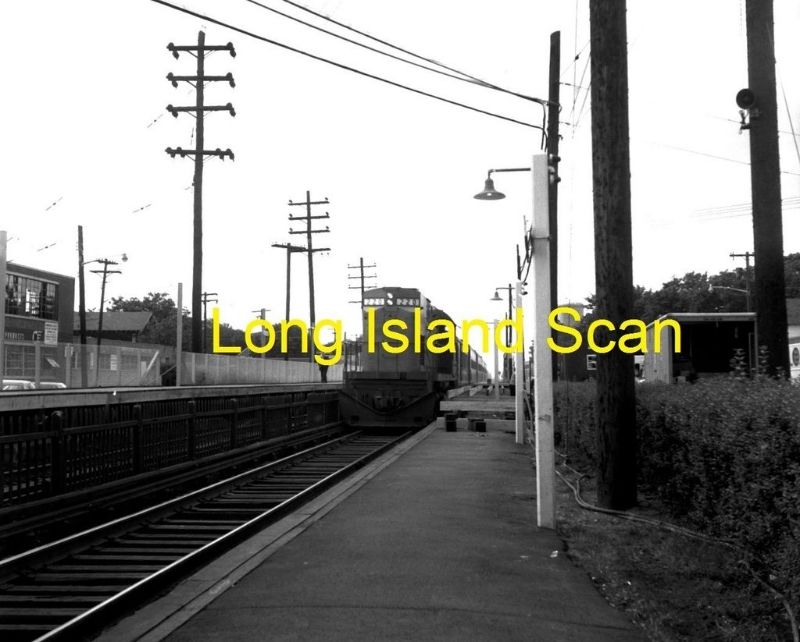Does anyone have accurate dates for the installation of the high level platforms and possibly (if known) when they were placed in service.
It is obvious that all of the platforms in diesel territory, scratch the Port Jefferson Branch, were built for the new equipment. In what order and possibly station by station. Also, how were trains spotted during construction?
The other is when the current concrete platforms were installed in MU territory, scratch the Main Line from Ronkonkoma to Bethpage. What type of platforms did the West Hempstead Branch have prior to the current late-1990s design that are currently there?
It is obvious that all of the platforms in diesel territory, scratch the Port Jefferson Branch, were built for the new equipment. In what order and possibly station by station. Also, how were trains spotted during construction?
The other is when the current concrete platforms were installed in MU territory, scratch the Main Line from Ronkonkoma to Bethpage. What type of platforms did the West Hempstead Branch have prior to the current late-1990s design that are currently there?

